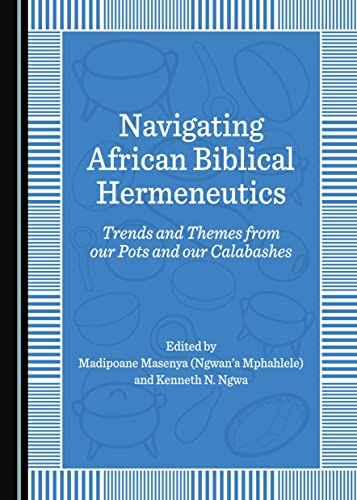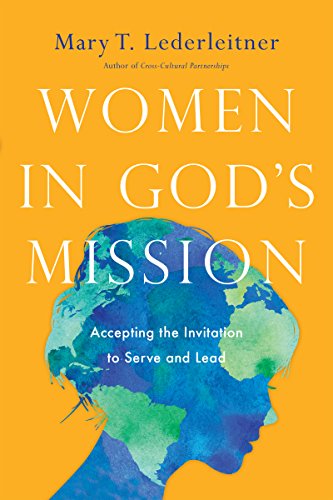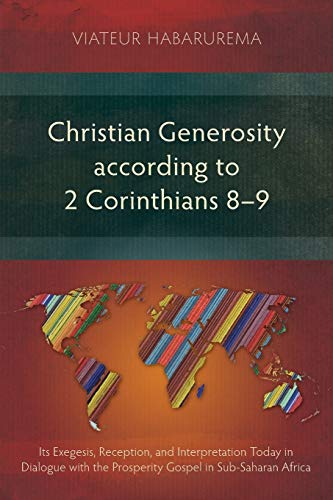Growing in Godliness: A Teen Girl’s Guide to Maturing in Christ
Written by Lindsay Carlson Reviewed By Ruth LukabyoTeen ministry is facing a crisis of superficiality. With all the terrible statistics about teenage Christians giving up their faith (e.g., one recent survey of young Australians states that only 8% who grew up in Christian families remain “resilient disciples” today), the challenge for parents and youth ministers is to help teens grow deep spiritual roots. This is the worthy aim of Lindsay Carlson’s book for teen girls—to help them understand the Bible’s teaching on growing as a Christian (sanctification) and to give practical advice on how to grow.
In recent years, many books have been written to address the retention of young people in our churches (e.g., Kara E. Powell and Chap Clark, Sticky Faith: Everyday Ideas to Build Lasting Faith in Your Kids [Grand Rapids: Zondervan: 2011]). Ironically, these books may stoke the fears of parents and church leaders by emphasizing the high rates of teens leaving their faith behind. But Carlson’s is not an anxious book. The first thing that struck me as I read it was her optimism about the work of God through his Word and Spirit in a teen’s life. Her message is not to fear the world and its temptations, but to get on with the life of discipleship. Carlson clearly states her goal on p. 13: “I’ll challenge you to live to grow in Christ, to find purpose in all you do, and to trust God’s sovereign goodness. We’ll talk about limitations and I’ll point you to the tools God uses to equip you through his Word, his church and prayer.”
Carlson writes from a conservative reformed perspective and displays both the strengths and weaknesses of her tradition. She focuses on the sovereign work of God in a teenager’s life and on the importance of holy living. The focus on sovereignty is a strength of the book and one of my favorite chapters is on human limitations. Teenage girls in our world are often told that they should “do you’’ and not listen to the voices of others who will constrain them. Instead, this book is real about limits—including sin and a limited understanding of God and oneself. Carlson draws attention to Proverbs 12:15: “The way of a fool is right in his own eyes, but a wise man listens to advice.” For a teenage girl to take up the tools of godliness, she will need to start with a heart of humility, dependent on God for help and strength (p. 48).
Carlson has a high view of theology and the Scriptures. Moreover, she is optimistic about the theological literacy of her readers. This is not just a book of inspiring anecdotes, but serious theology and strong biblical teaching. She supports her points with generous biblical quotations, modelling to the teenage girl a deep commitment to the Scriptures. She includes wonderful theological quotations from reformed writers such as R. C. Sproul, Jerry Bridges, and John Piper.
Another strength is Carlson’s focus on Word, church, and prayer as “tools” to help teenagers grow in godliness. The emphasis on these tools reflects the New Testament teaching on growth, but this truth is also demonstrated in current research. In a recent Barna survey, the conclusions about strengthening the faith of contemporary young Christians are surprisingly conventional. It states that “prayer and scripture are the foundation of resilience”; that is, resilient disciples read the Bible and pray on their own and with others. They are deeply connected in the church community and the “Church is deeply impactful on identity and vocation” (The Connected Generation, Australia, New Zealand Report: How Christian Leaders around the World Can Strengthen Faith and Well Being Among 18–35-Year-Olds [Barna Group, 2019], 26–27). The new context of the young person is difficult, chaotic and anxious, but the means of grace remain the same: The Word, prayer, and the church.
One reservation I have about Growing in Godliness is that it may simply be too dry for the typical teenage girl who lives in the world of memes and snapchat. There are not enough concrete examples of the points being made or clear applications to the teen’s life at home and at school. Because it doesn’t engage sufficiently with the teenage girls’ context, the book seems strangely disconnected.
Contributing to this sense of disconnection, Carlson does not address key temptations that most teenage girls face. Adolescence is a time of questioning and challenges as a girl tries to work out her identity and sense of self. I was surprised that Carlson doesn’t address temptations such as the desire to be seen as “sexy” online, being vain and/or insecure about your body, bullying girls at school so that you will be more popular, judging yourself by your academic achievements, etc.
A final reservation I have about this book is that, despite the emphasis on God’s sovereignty, there is not as much emphasis on Jesus’s atoning death and resurrection. Although the gospel message of redemption is there (e.g., p. 39), the incredible news of God’s grace is not brought to life in the reader’s imagination. Because teenagers are fragile and still trying to work out who they are, and how to fit in and get approval, they need to be constantly reminded of God’s grace in the gospel. Ultimately it is the gospel message that shapes the heart and leads to faith and repentance. It is the gospel that will motivate the teenager to make use of God’s tools and grow in godliness.
Although I probably wouldn’t give this book to most teenage girls, I would use it as a resource in a small group setting. It would be easy to create a study using the many Bible passages and quotations as well as the reflection questions at the end of each chapter. In addition to these excellent questions, Carlson suggests prayer points and verses for teens to tape to their mirror to be a daily reminder of truth. What’s more, the book isn’t particularly gender specific and could be used in a mixed group.
The rapid evolution of teen culture means that every decade or so we need a new book to give to teenage Christians to help them grow in Christ and live faithfully in the world. This book does not engage the heart enough for me to think that it is “the one.” Nevertheless, Growing in Godliness is a good resource and may, of course, be just the right book for some.
Ruth Lukabyo
Ruth Lukabyo
Youthworks College
Sydney, New South Wales, Australia
Other Articles in this Issue
This article is a brief response to Bill Mounce’s recent Themelios essay in which he argues that functional equivalence translations such as the NIV are the most effective approach to Bible translation as they carry over the meaning of the original text...
In 1 Timothy 2:15, Paul asserts “the woman will be saved through the childbirth...
This article argues that Paul compares the day of the Lord to a thief in the night in 1 Thessalonians 5:2 because of the influence of Joel 2:9...
The Jerusalem Donation was the Apostle Paul’s largest charity drive...







